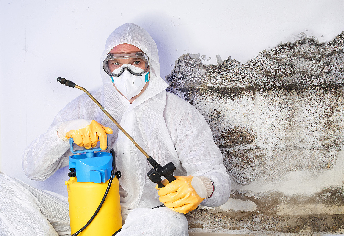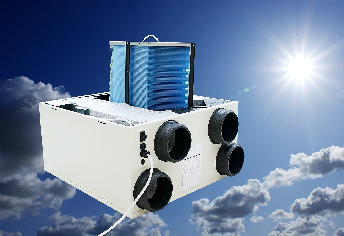
Residential Landlords
Welcome to our guide for letting agents aiming to tackle the persistent issues of black mold and condensation in rental properties. As a letting agent, you play a crucial role in ensuring the health and comfort of tenants while maintaining the value and integrity of rental properties. Black mould and condensation are common problems that can have serious implications for both landlords and tenants. In this guide, we will explore practical tips and strategies to address these issues effectively and maintain high standards of property management.
Understanding Black Mould and Condensation: Black mould, also known as Stachybotrys chartarum, is a type of toxic mould that thrives in damp and poorly ventilated environments. It often appears as black or greenish-black patches on walls, ceilings, and other surfaces. Condensation, on the other hand, occurs when warm, moist air comes into contact with cold surfaces, leading to the formation of water droplets. Both black mould and condensation are commonly found in bathrooms, kitchens, and poorly insulated areas of rental properties.
The Impact on Rental Properties: Left unchecked, black mould and condensation can cause significant damage to rental properties and pose health risks to tenants. Mould growth can compromise the structural integrity of buildings, stain surfaces, and emit unpleasant odours. Moreover, exposure to mould spores can trigger allergic reactions, respiratory problems,
and other health issues in sensitive individuals. Condensation can also contribute to dampness, mould growth, and property damage if not properly managed.
Strategies for Prevention and Management:
As a letting agent, it is essential to implement proactive measures to prevent black mould and condensation in rental properties. Here are some strategies to consider:
-
Educate Landlords and Tenants: Provide information to landlords and tenants about the causes and consequences of black mould and condensation. Encourage them to adopt good ventilation practices, such as using extractor fans, opening windows, and using dehumidifiers.
-
Regular Inspections: Conduct regular inspections of rental properties to identify and address potential sources of moisture, such as leaking pipes, damaged seals, and inadequate insulation. Promptly repair any issues to prevent mould growth and condensation buildup.
-
Ventilation Improvements: Recommend ventilation improvements, such as installing extractor fans in kitchens and bathrooms, fitting trickle vents on windows, and ensuring adequate airflow throughout the property.
-
Humidity Control: Advise landlords and tenants to maintain indoor humidity levels between 30% and 60% to minimise condensation. Suggest using moisture-absorbing materials, such as silica gel or calcium chloride, in problem areas.
-
Mould Remediation: In cases where black mould is present, coordinate with qualified professionals to conduct thorough mould remediation procedures. Ensure that affected areas are cleaned and treated effectively to prevent recurrence.
Conclusion:
As letting agents, addressing black mould and condensation should be a top priority to maintain the safety, comfort, and value of rental properties. By implementing proactive measures, educating landlords and tenants, and taking prompt action to address issues as they arise, letting agents can play a vital role in mitigating the risks associated with mould and condensation.
Together, we can create healthier, happier living environments for all tenants.



Condensation Cured Ltd
The Old Bakehouse
Rear of 153-155 Leagate
Harwood
Bolton
BL24BQ
Condensation Cured Ltd
71-75 Shelton Street
Covent Garden
London
WC2H 9JQ







